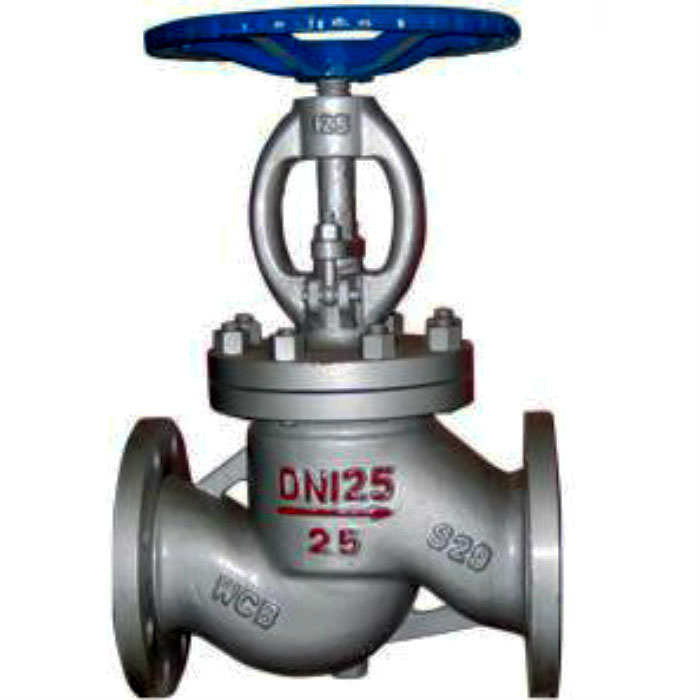What is Flange connection of Industrial Valves?

1.Definition
A flange refers to the part that connects two pipes, fittings or equipment together. The flange is a disc-shaped part, which is most common in pipeline engineering. The flanges are used in pairs.
Flange connection refers to a detachable connection in which a flange, a gasket and a bolt are connected to each other as a group of combined sealing structures. The flange connection is easy to use and can withstand large pressures.
2. Applicable Scope of flange connection
The flange connection can be applied to valves of various nominal sizes and nominal pressures, but there are certain restrictions on the use temperature. Under high temperature conditions, the flange connection bolts are prone to creep and cause leakage. Generally, flange connection is recommended for use at ≤350 ℃
3. Type of flange connection
Flange structure type: integral flange (IF), socket welding flange (SW), threaded flange (Th), weldneck flange (WN), slip on flange(SO), plate welding flange (PL), blind flange (BL), etc.
4. Flange sealing surface
The flange sealing surface is mainly to prevent the medium in the pipeline from leaking outward. The sealing surface mainly includes flat face (FF), raised face (RF), Male/Female face (MF), tongue and groove surface (TG), ring joint surface (RJ), etc。
FF flange connection is generally applicable to valves of PN40 and below while raised face flange, MF face flange, TG face flange connection are generally applicable to PN160 and below valves. Ring connection face flange connection form is generally applicable to High pressure valve for PN420 and below. When the valve and the pipeline are connected by a male/female facing flanges (MF), the end flange of the valve is generally in the form of a female surface. When the valve and pipeline are connected with a tongue and groove surface (TG), the end flange of the valve is generally in the form of a groove surface (G).